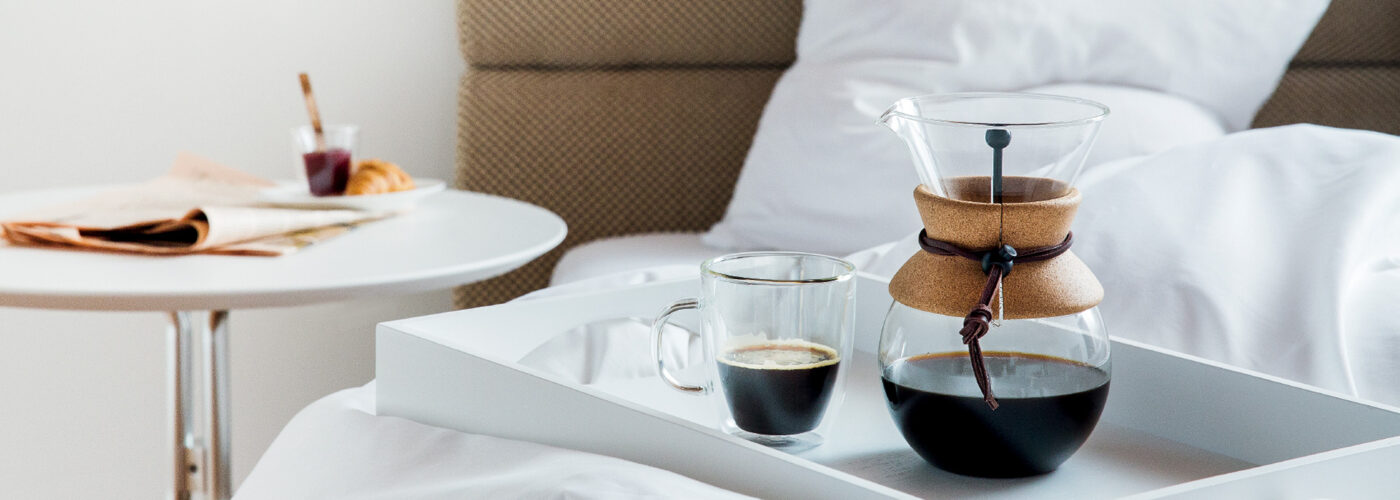How to Pack Food and Drink for a Flight

Here are a couple of ways to assist you pack food and beverage for a flight, so you can conserve money, nibble your preferred comfort foods while on the roadway, and bring back some delicious keepsakes. We break down the TSA’s liquid guidelines, what kinds of food pack well in a carry-on, and the best ways to save your travel snacks.
If you resemble the majority of, food and beverages are quite much the last things your include your bag prior to heading to the airport– if you remember at all. However just a little preparation can save you a fistful of cash, particularly if you’re flying with your family. Most domestic flights do not serve meals (simply treats and drinks), so if you think you’ll require to eat, you can either pay through the nose at the airport or load your own. We have actually gathered some tips that’ll get you through eviction and onto the plane with (excellent, healthy) food and drink, with a minimum of trouble.
The Very Best Types of Food for Flight
The 3.4-ounce rule doesn’t just refer to hair shampoos and creams– it chooses non-solid food items too. Salad dressings, hummus, salsa, jams and jellies, syrups, dips, yogurts, and spreads: All are needed to be in containers of 3.4 ounces or less.
Include It Before You Load It: One way to get around this? Put the spread or dressing on your food before you load it. For instance, if you’re bring on peanut butter and jelly, they need to abide by the TSA guidelines and remain in 3.4-ounce containers. But if the peanut butter and jelly are currently spread out on a sandwich? No problem. The very same chooses salad dressing: Put it on your salad in the container and you’re great to go.
Seal It in Plastic: If you’re loading sandwiches, make certain to put them in clear plastic, one-quart zip-top bags rather than foil– your food will require to go through X-ray scanners, and you’ll be asked to get rid of the foil. Zip-top bags are probably the cheapest, simplest packing containers you can utilize for food items that do not have a great deal of wetness, such as sandwiches, chips, nuts, and dried and fresh fruit. And anything you want to leave behind, such as orange skins or grape seeds, can simply be sealed back up in the bag and tossed later on. We likewise advise tourists to buy reusable silicone bags, like these from Stasher.
Contain It: Sealable, multiple-use plastic food containers are terrific for storing salads or any other food that can leakage moisture. They’re exceptionally lightweight, they’re washable, they can be found in a range of sizes and shapes, and if you occur to lose one, you’re not out a lot of cash.
Foods to Induce an Aircraft:
Crunchy foods, which tend to be pleasing– whether carrot, celery, or jicama sticks, or chips, cereal, and crackers that don’t break down easily.
Sandwiches on thick bread that will not get soggy and break down.
Pasta or whole-grain salads, which will not get soggy like lettuce salads.
Foods to Avoid Bringing on a Plane:
Bananas, avocados, or any other food that’s easily smashed and ends up being unpleasant.
Foods with smells that might not be well gotten by next-door neighbors, such as prepared broccoli, tuna fish salad, and some cheeses.
Crackers and chips that fall apart easily and leave crumbs all over the seats and flooring.
How to Bring Water on the Plane
Some airports (Denver, Phoenix, and San Francisco to call a few) are blazing a trail when it concerns satisfying one of our the majority of fundamental requirements: drinking water. They have actually set up sensor-activated water fountains designed to accommodate big water bottles for simple refills post-security.
Even if your airport does not have among these filling up stations, it’s still worth heading to the great ol’ drinking fountain to fill your bottle, rather than dropping $4 for mineral water.
And yet, people withstand, thinking mineral water is more secure. It’s not, at least in the U.S.
The federal Safe Drinking Water Act ensures that public drinking water everywhere in the U.S. satisfies rigorous security standards for natural and manmade contaminants; the FDA has comparable requirements for bottled water. If you believe bottled water tastes much better, that’s an individual preference (most likely influenced by your understandings of faucet water). But if you purchase it since you think it’s more secure to consume, you’re simply pouring money down the drain.
Traveling with Wine and Alcoholic Beverages
You’re permitted to continue bottles of white wine or spirits if they’re bought at a duty-free store after your security check-in and if they are in the initial, unopened bottle. If you’re flying worldwide, you’ll need to make sure that the duty-free shop loads your bottles in a protected, tamper-evident bag (STEB), or there’s a great possibility you’ll need to surrender them when you reach the U.S. Here are some other policies and suggestions you should understand:




